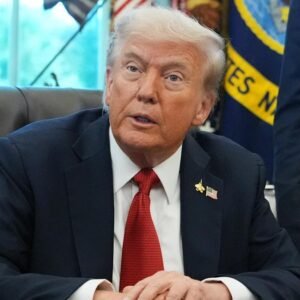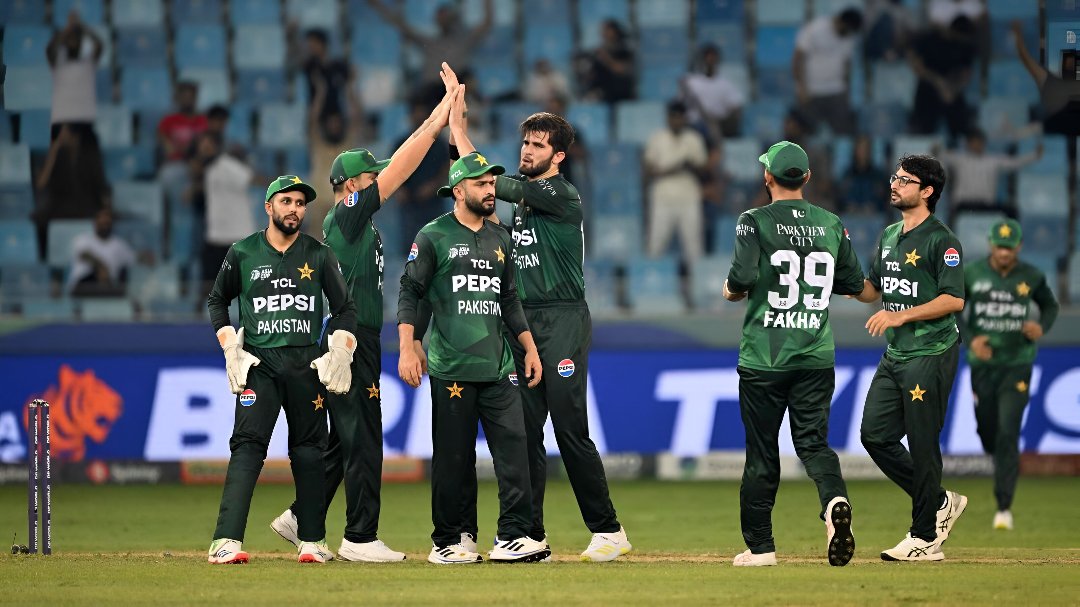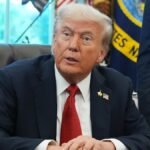For nearly a week, Nepal’s young people found themselves cut off from the digital lifelines they had grown up with. Platforms like Facebook, Instagram, and YouTube, not just tools for entertainment but daily spaces for news, networking, and even livelihoods, had been banned by the government.
The decision came under the guise of tackling “fake news” and “online fraud,” but in practice, it silenced an entire generation’s voice. And that silence did not last long.
Within days, Nepal’s streets filled with angry, frustrated, and determined citizens, many of them young, many of them unemployed or disillusioned, but all of them fed up with what they described as rampant corruption, nepotism, and authoritarianism. By the time the protests reached a boiling point in Kathmandu on Monday, the nation had already been pushed to its breaking point.
The toll was devastating. At least 19 people lost their lives in clashes with police. Water cannons, batons, and rubber bullets were fired into crowds that chanted “enough is enough” and “end corruption.” Several districts were placed under curfew. And yet, the government’s move to suppress dissent only served to make the demands for accountability more vociferous.
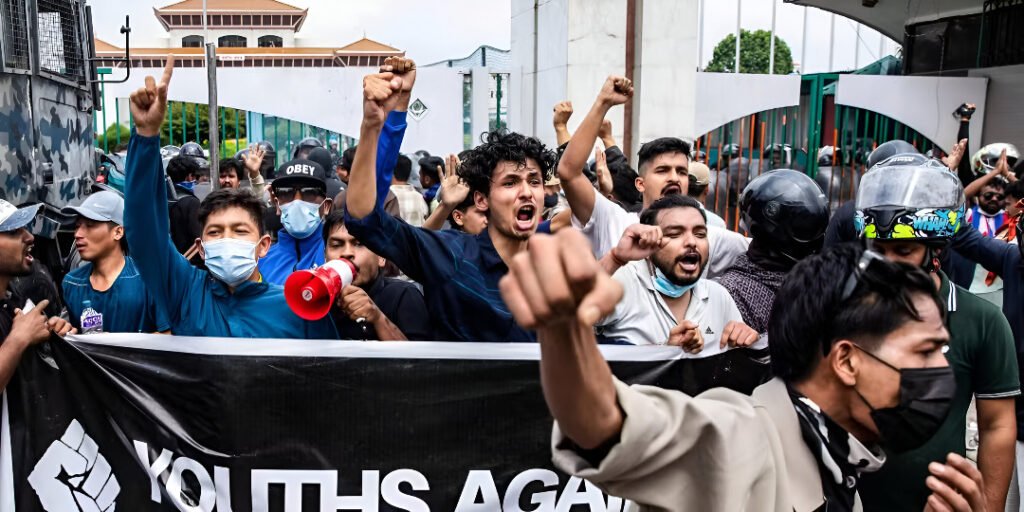
The “Nepo Kid” Campaign That Ignited a Movement
The tinder that ignited the blaze was not only the ban itself but also what had preceded it.
During the weeks preceding the crackdown by the government, there had been an online social media campaign, now labelled as the “nepo kid” movement, which was gaining traction. Ordinary Nepalis began spotlighting the lavish lifestyles of politicians’ children—expensive cars, designer clothes, and foreign education—starkly contrasting with the economic struggles of everyday families.
The posts struck a nerve. They exposed not only privilege but also the rot of a political system riddled with allegations of corruption. Social media, in this case, was not just a tool for memes or videos; it was a mirror held up to the country’s elite.
Instead of listening, the government decided to pull the plug.
On paper, 26 social media platforms were banned because they had failed to register with Nepal’s Ministry of Communication and Information Technology. In reality, most young people saw it as a deliberate attempt to silence dissent.
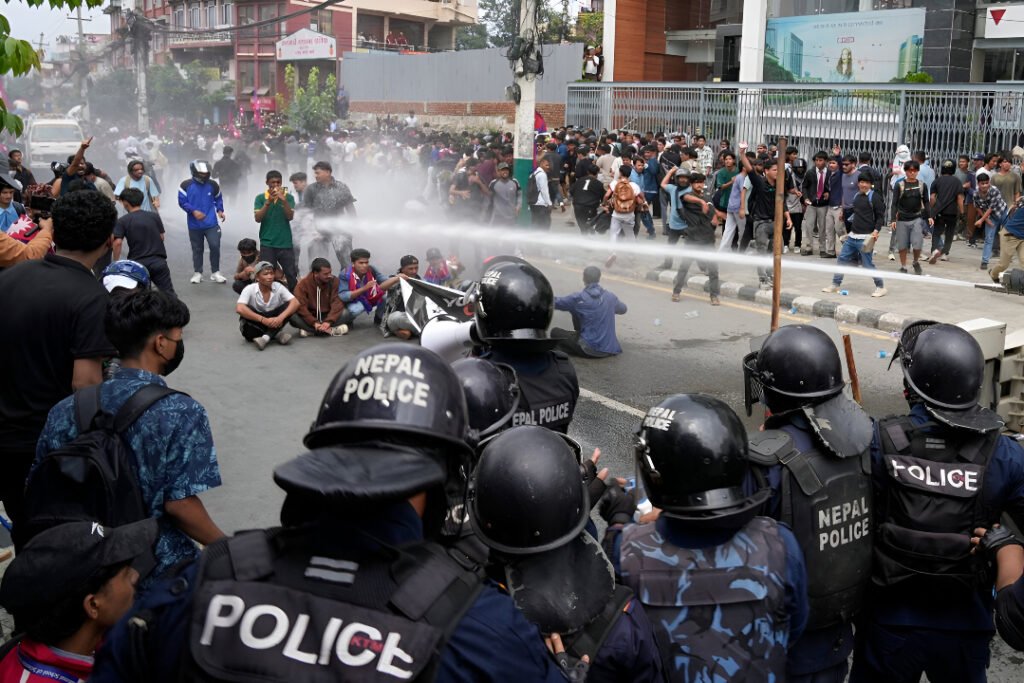
The Day Kathmandu Boiled Over
On Monday, thousands of young people poured into the capital. Many were students, freelancers, activists, and members of what politicians like to dismissively call “Gen Z.” But they weren’t there to scroll Instagram.
They were there to demand answers.
Placards read: “We want our country back.” Others simply said, “No more corruption.” Some protesters even went so far as to hurl stones at the home of Prime Minister KP Sharma Oli in his hometown of Damak, a symbolic act of defiance against a leader they felt had betrayed their trust.
One protester, 23-year-old Sabana Budathoki, summed up the mood best in an interview with the BBC:
“The social media ban was just the reason we gathered. Rather than the ban itself, everyone’s focus is on corruption. We want our country back. We came to stop corruption.”
Her words echoed the feelings of thousands.
A Government Forced to Back Down
By Monday evening, the crisis had reached the highest levels of government. After an emergency late-night meeting, officials announced that the ban on social media platforms would be lifted.
One minister admitted the move was necessary to “address the demands of Gen Z.” It was perhaps the first time the government openly acknowledged the power of a generation it had tried to silence.
But the damage had already been done. Nineteen lives were lost. Dozens more were injured. And the government was now facing mounting criticism not only from the public but also from within its own ranks.
Home Minister Ramesh Lekhak resigned on Monday evening, bowing to pressure over his administration’s use of force during the protests.
Prime Minister Oli, for his part, expressed that he was “deeply saddened” by the violence and blamed “vested interest groups” for infiltrating the movement. He promised financial relief for families of the deceased and free treatment for those injured, alongside the formation of an investigative panel.
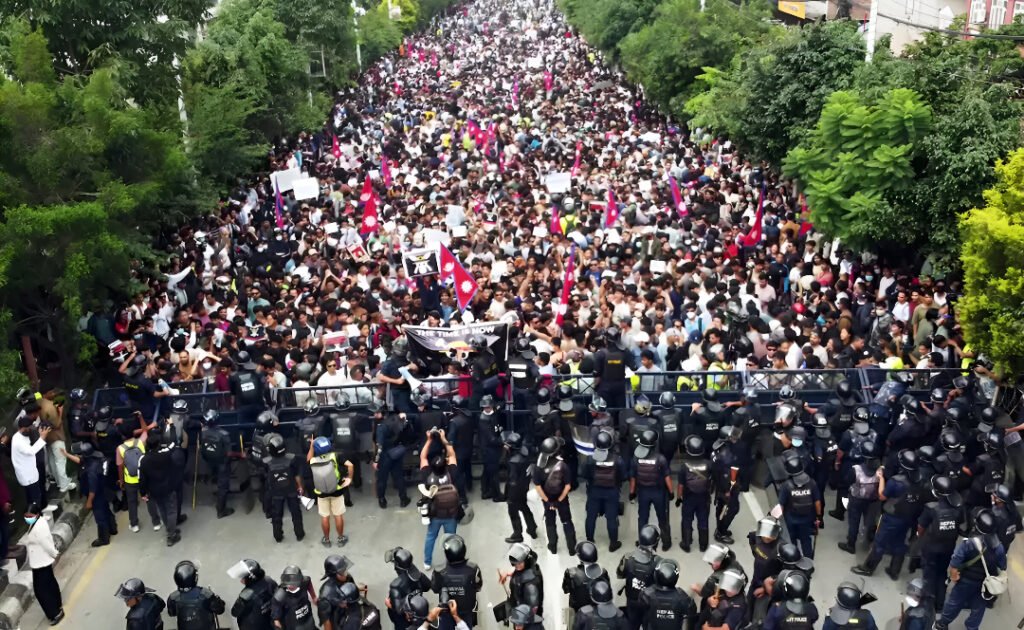
A Watershed Moment for Nepal?
The developments of the week constitute more than a policy turnaround. They are a turning point in Nepal’s experiment with democracy.
Social media is not only a playground for the nation’s youth; it is now also a stage for accountability, a means to question privilege, and a means by which citizens can call for more from their politicians.
The government’s move to outlaw it, whether it was done deliberately or not, evidenced a profound disconnect between Nepal’s political elite and its citizenry.
And now that the ban is removed and platforms resume, the question is whether the government will finally address the corruption and nepotism at the center of the demonstrations or continue to view dissent as something to be suppressed.
For the thousands of young Nepalis who braved water cannons, batons, and rubber bullets, the fight is about much more than Instagram or YouTube.
It’s about their future.

